
Why Clothing Brands Fail
Top Different Types of Shirts for Women and Men Top Different Types of Shirts for
Wool is a type of material utilized for warm clothing and also in sustainable clothing fashion. Wool is obtained from sheep and others. It is a natural fiber with various advantages that it gives, hence making it play a chief role in the textile industry. It is regarded as one of the most accepted and ecologically friendly fibers. Researches which have proven that wool may naturally break down and may reduce synthetic fibers by at least 30%. This is great news for those who care about sustainable fashion! If you are engaged in the clothing or textile industries, knowing how wool is produced and its uses may help you influence these benefits toward meeting the requirements of customers wanting ethical products.
Wool is a natural thread obtained from sheep. However, it can be derived from goats, for instance, cashmere, bunnies, and alpacas, amongst others. Wool has been used as a great means of warmth for humans for a long time so that people feel more relaxed. It is also a good choice for the environment.
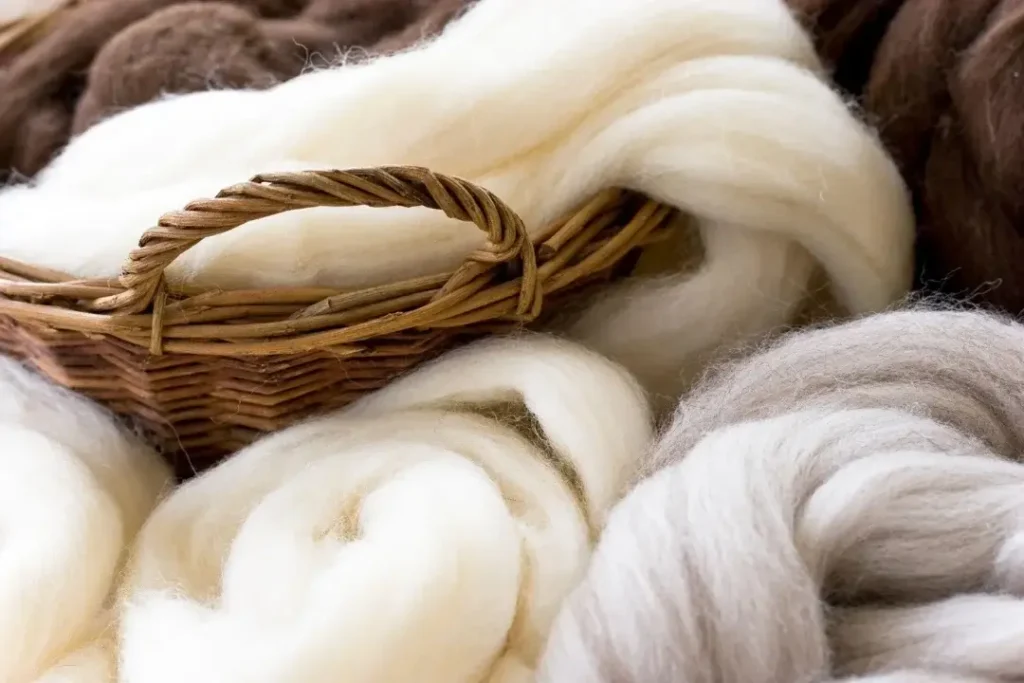
Here’s why many brands and people like wool:
Wool can draw moisture away from the skin yet still let air flow. This means that when you are exercising or in the cold, wool will aid keep you dry and quite calm. Wool can absorb a lot of moisture and not feel wet; thus, it is very comfy to wear.
Wool fibres are strong and can stretch, which makes wool clothes last longer. Unlike some man-made fibers that can lose their shape, wool tends to stay in good form. This means fewer returns and happier customers for businesses!
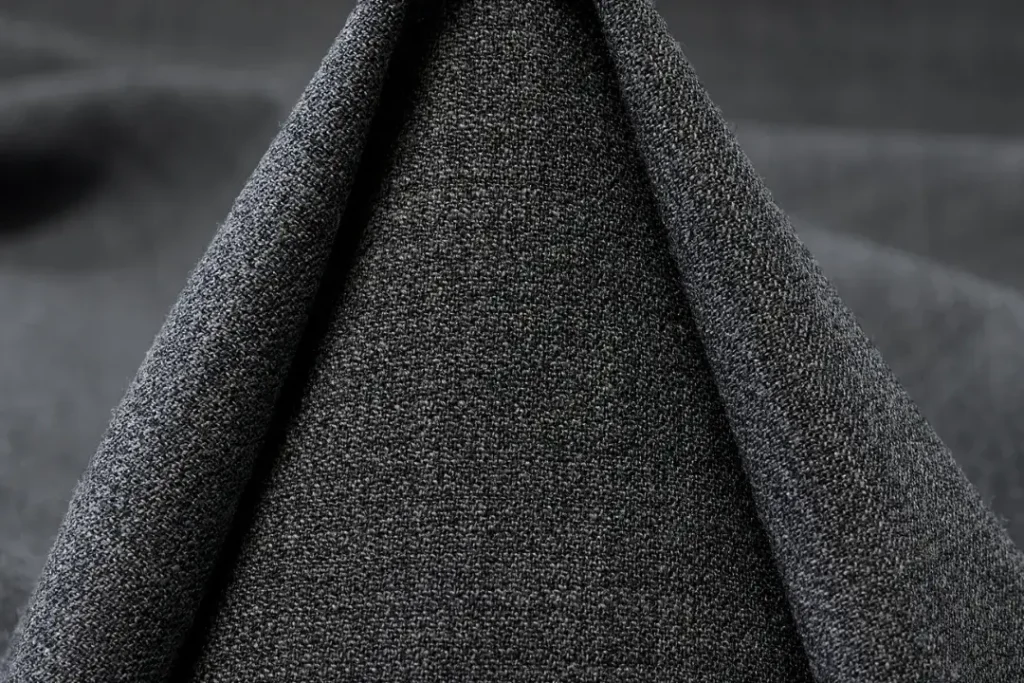
Wool is an excellent insulator and yet lets air pass through it. This permits you to keep warm in winter and cool in summer. It is the reason why wool is common for winter clothing.
Wool transforms from soft fleece to stylish apparel manufacturers through a fascinating process. If you’re in the business of textiles or you just love textiles, knowing each step is very significant in order to teach your customers and benefit you progress how you make products. Let’s hangout into how wool is made!
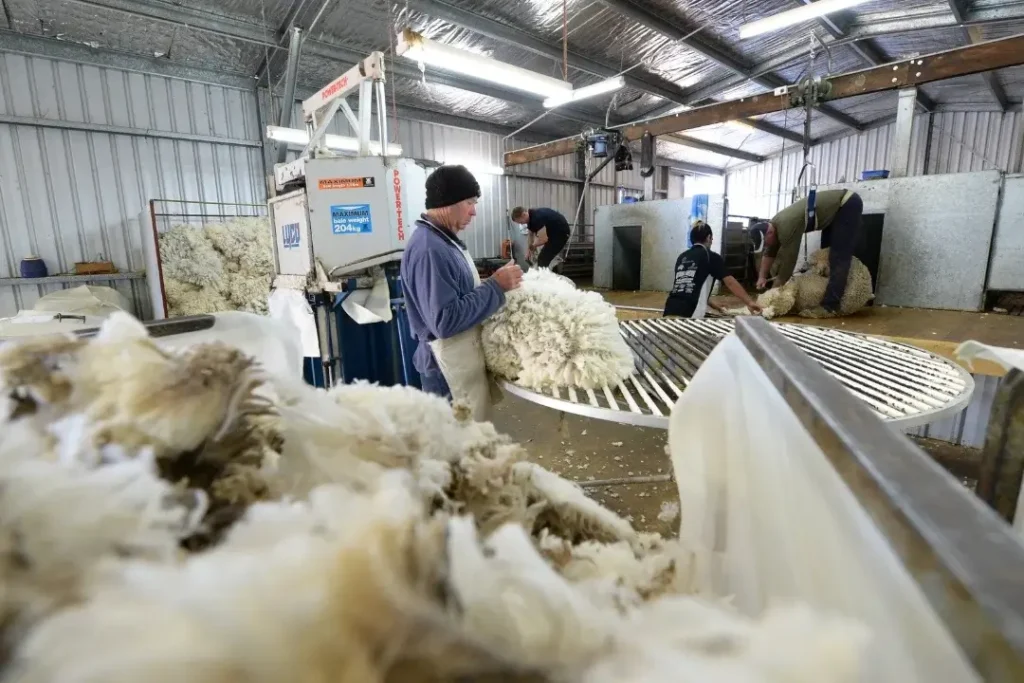
Wool is harvested from sheep once or twice a year through gentle methods that care for the animals. Imagine a sunny spring day in Pakistan, where skilled workers carefully cut the fleece from happy sheep. This process is safe for the sheep and helps keep them healthy by cooling them down and keeping pests away, making wool a good choice for sustainable use.
Then sorted, graded, or organized according to quality, length, and fineness. Better the quality of the wool, the costlier it becomes, which pays the farmer the better. That one knows about the wool benefits understand which fibers have better quality and friendliness to be used in those products to attract customers’ tastes for quality, eco-friendliness. Customers are getting interest in knowing more about the stuff they are made of.
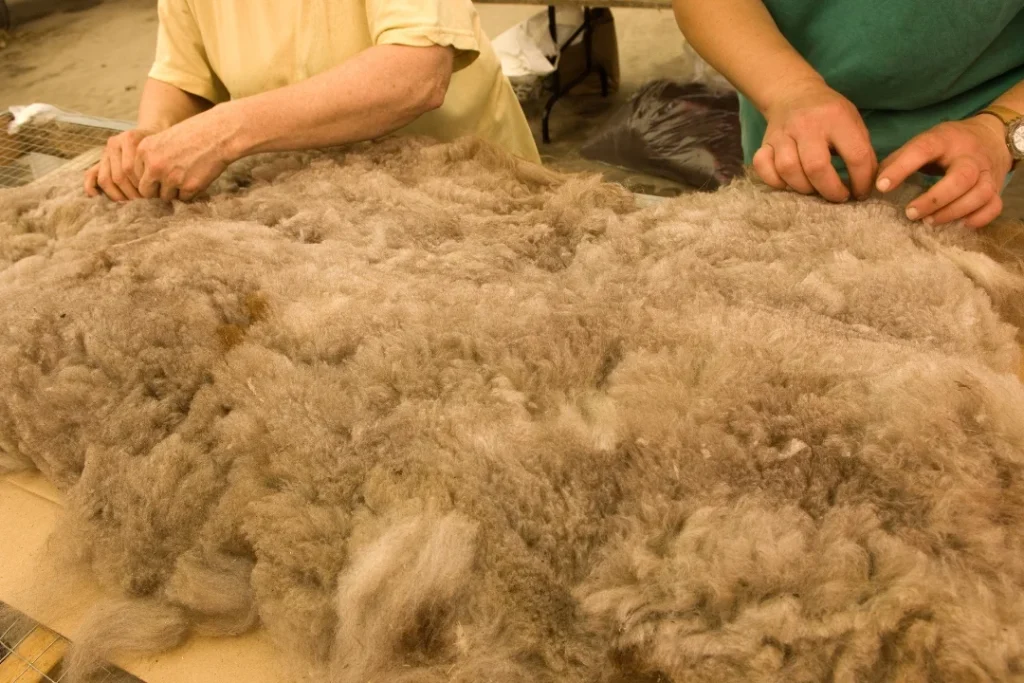
Wool requires to be washed to remove lanolin, natural wax, dirt, and other junk. This cleaning is very vital! Studies show that proper washing can improve the final product by up to 30%, making colours brighter and performance better. Refining this step can help you work more proficiently while keeping your garments in good shape.
Carding and combing the wool strings after cleaning make them smooth and ready for spinning. It is like brushing the wool to straighten out it and create a fluffy layer that’s easy to use. Proper preparation of the threads helps in spinning and lessens waste. Good carding and combing can expand your production.
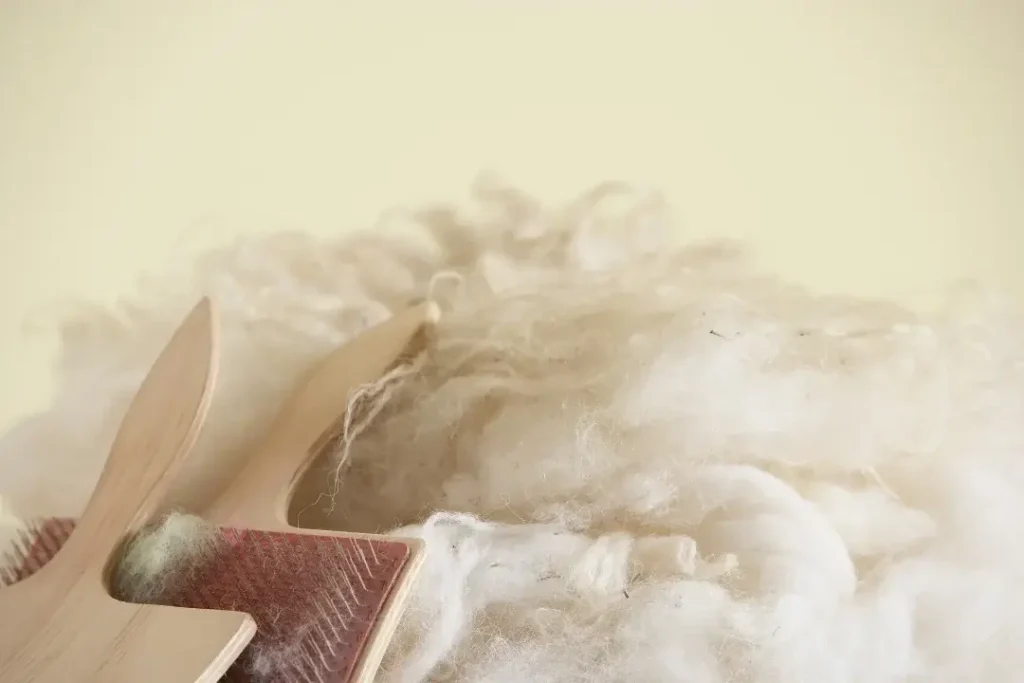
The cleaned wool is then dyed and spun into beautiful yarns for weaving or knitting. This is where creativity happens! Using natural dyes or eco-friendly methods can draw in customers looking for sustainable clothing. Research even shows that a majority of buyers prefer brands engaging in sustainable ways of production than 60%. Being on the green list can increase profits and attract keen customers.
As a final step, the yarn undergoes weaving and knitting to give it the different fabrics. Make a warm sweater or a gentle scarf; there’s a wide variation. If your wool comes from Pakistan, you’re using superior materials from a strong textile industry. By promoting this, especially if your wool is locally sourced, you can enhance your brand image.
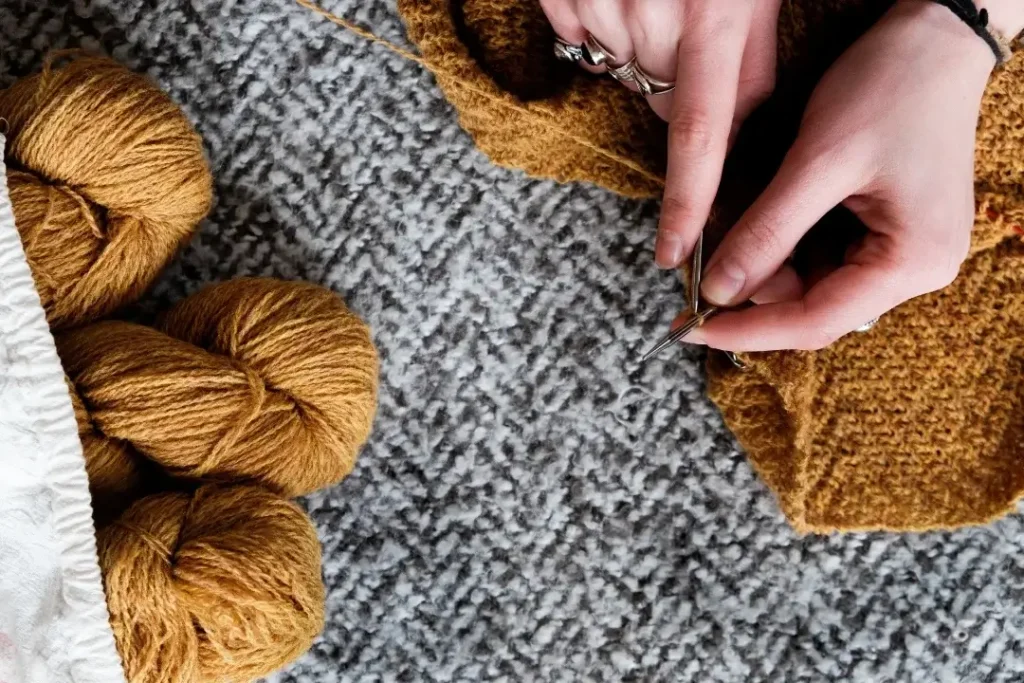
You think of wool as warm sweaters and nice shawls. There is much more to wool in the world. Let’s take a look at how diverse countries are involved in the wool market, especially how Pakistan is becoming increasingly important.
|
Country
|
Total Production (Tons)
|
Export Rank
|
Notable Use in Industry
|
|---|---|---|---|
|
Australia
|
350,000
|
1
|
High-quality merino wool
|
|
Pakistan
|
300,000
|
2
|
Medium-grade wool for clothes
|
|
China
|
200,000
|
3
|
Blended Wool
|
|
New Zealand
|
120,000
|
4
|
Premium wool for fashion
|
|
South Africa
|
80,000
|
5
|
Specialized in mohair
|
Pakistan is emerging as a significant wool export player, particularly for medium-grade wool. With around 300,000 tons of production, the country is also upgrading its textile industry to further improve wool quality. This trend is a big opportunity for sustainable material-seeking brands.
The demand for medium-grade wool for clothes and carpets is on the rise, forcing the Pakistan knit industry to upgrade skills and technology. It creates jobs, quality, and sustainability, which most consumers care about today. Brands using this wool can share stories about local craftsmanship.

Australia and New Zealand are well known for their wool creation. Australia crops 350,000 tons of well-merino wool, which is widespread in luxury style.
New Zealand follows with about 120,000 tons of premium wool, mainly for fashion. Both countries are known for their quality and sustainable practices, which help them build strong relationships with customers. Using wool from these regions enhances products and supports sustainable fashion.
China is a key player in that it is a large wool producer and a major consumer. With 200,000 tons of production, China blends wool with other materials to create new materials. This gives China a big effect on global wool trends.
The industry people want to understand the prospects of wool-blended fabrics. Learning from China’s experience, the brands can produce new products that attract more customers. Studies show that blended fabrics can be 40% more strong and comfortable.
Wool is not just warm and soft; it is a very vital strong fiber in the clothing world. It can be useful for a variety of garments, ranging from luxurious pieces to casual wear. If you are interested in knowing how wool is used or are keen on learning more about eco-friendly fashion, let’s discuss wool together!
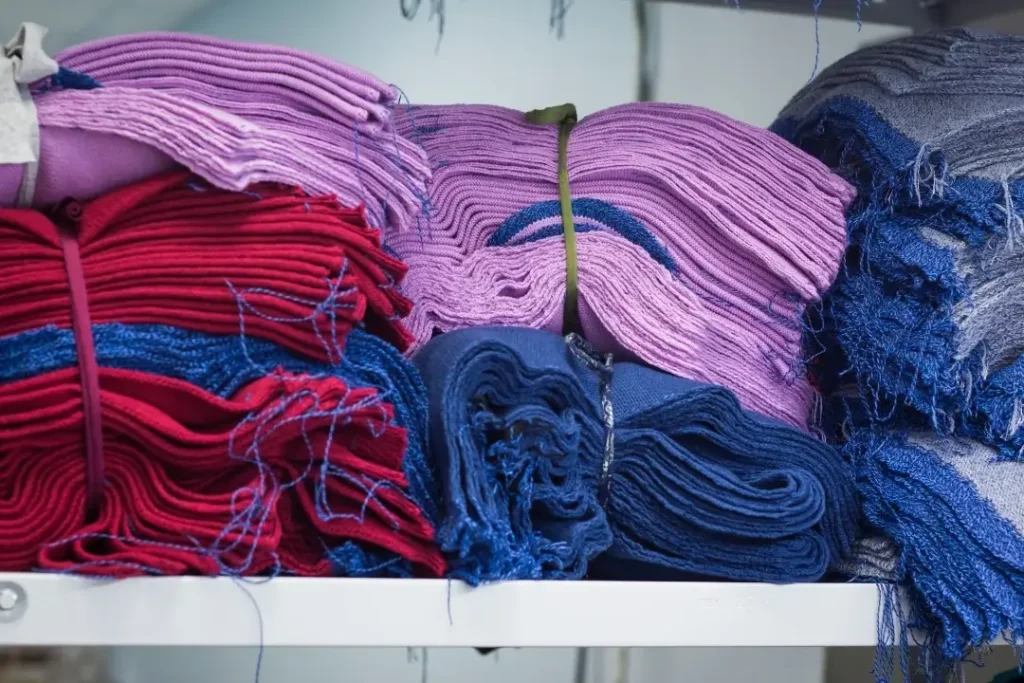
Winter, wool. One of the very best uses of this material is the warmest winter coats and super-comfy winter sweaters that are still style able. This high-quality clothing may keep individuals residing in extremely cold areas from indulging in any sort of winter sport for years.
Wool will make you warm, even if you get wet as it absorbs water but feels dry. Thus, if the winter apparels have both style and function, wool can be used. And when the customer sees how warm the wool is for winter collections, he will feel great about his purchase.
Wool is also utilized in luxury applications, for instance, fine wool species such as merino and cashmere. Fine wool species make the finest expensive suits and other elaborate dresses because they have excellent elegance, making any brand exclusive.
Many see wool as a symbol of quality and luxury, which is why it’s one of the desired materials used by designers. Be it an exclusive custom-made suit or an elegant evening dress, fine wool enhances the look and feel of clothing. Wool lasts long, and for those eco-friendly shoppers, this is not a bad idea.
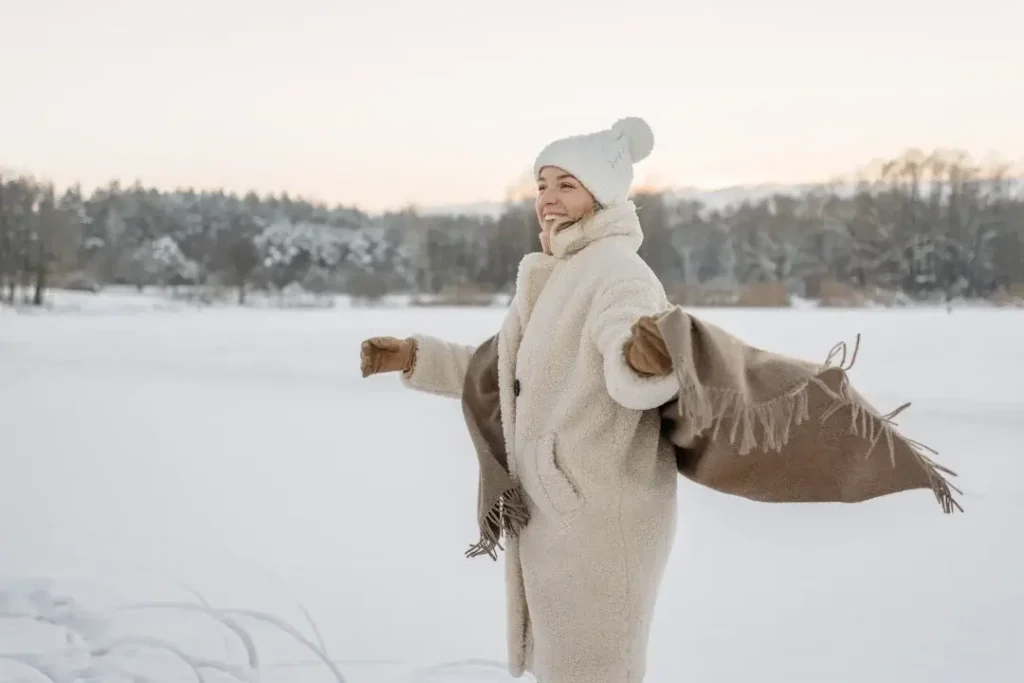
Wool is not only winter wear; it is also fantastic for activewear-fabric. It can be used for base layers, hiking socks, and warm jackets. Wool is good for outdoor activities because it controls moisture and is strong.
For instance, a hiker can wear wool as a base layer to keep dry and warm. Wool would manage temperature and moisture better than synthetic fabrics and thus would make sense for any outdoor gear. If you have a business dealing with textiles, consider activewear made from wool to attract more customers who care about performance.
Wool is also not only beneficial in clothing but for baby clothes, blankets, and carpets. Its softness and smooth texture make it suitable for kids because it keeps them warm and does not irritate their skin.
The wool carpets not only serve as very practical carpets, but they also appear beautiful as well as well-made. Wool can be creatively used in special products. When selling these items, the exceptional features that attract customers wanting style and utility should be emphasized.
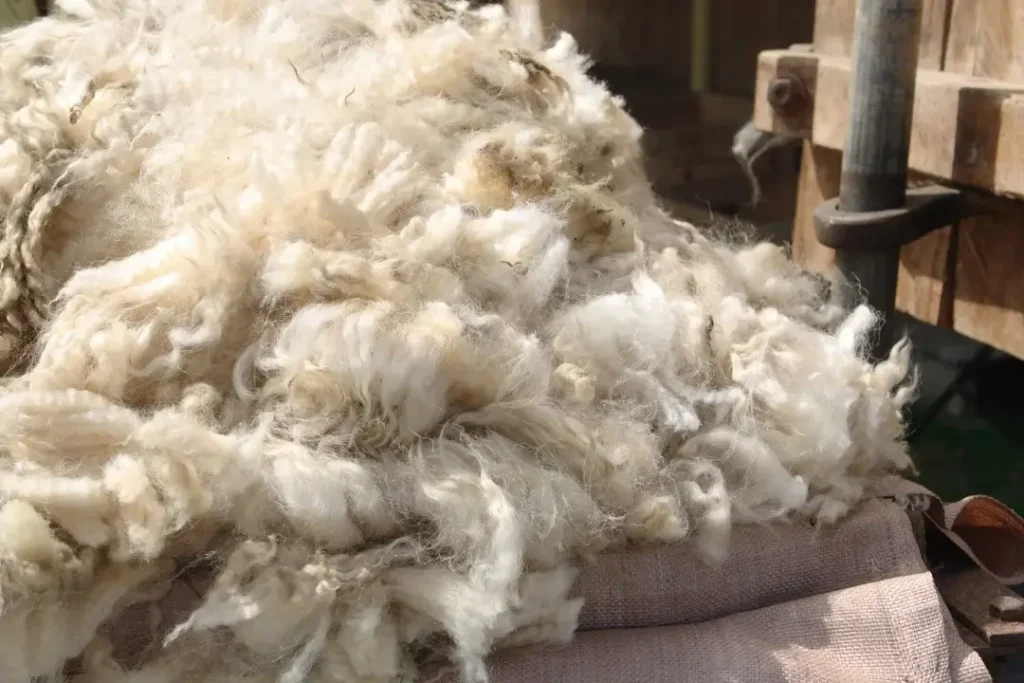
Wool is not the same for every use; there are different types, each with distinct qualities that make them good for many clothing kinds. Whether you make textiles, design fashion, or care about eco-friendly clothes, knowing about these wool types can service you choose wisely. Let’s explore the world of wool!
Merino wool is very light and performs well. The fibers are fine; soft, very fine, and air-permeable, making it suitable for sports apparel and fashionable garments.
Merino wool could regulate temperature far better and even draw moisture from your skin, far more compared to most of the synthetic fabrics available. It has the capacity to absorb 30% of its weight in moisture which is excellent for active days. Brands that focus on outdoor lovers or those wanting stylish yet functional outfits can benefit from Merino wool.
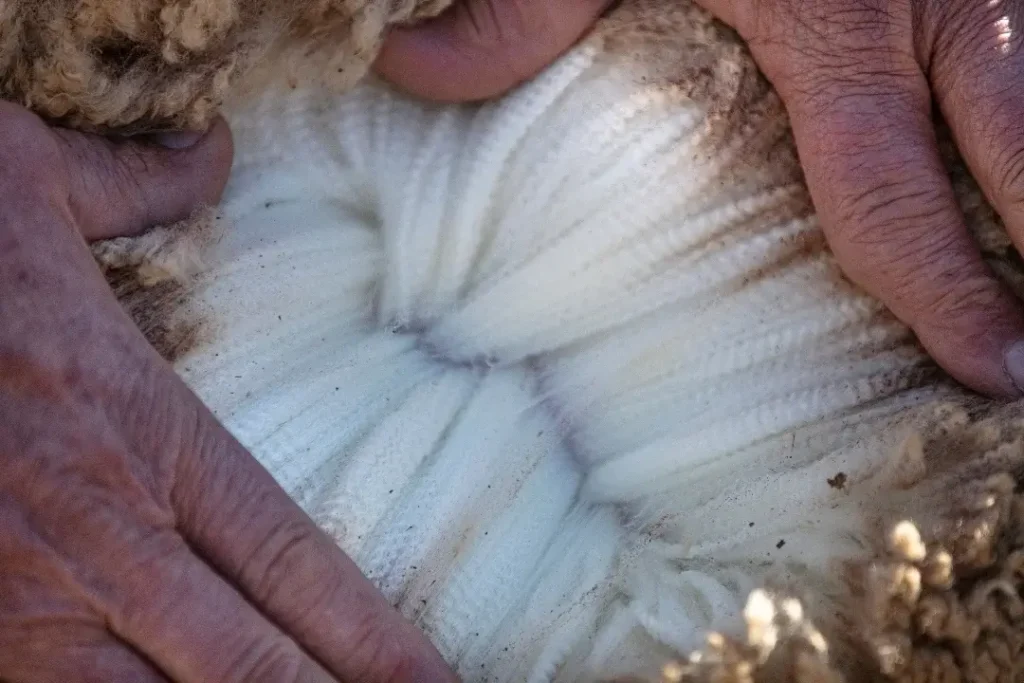
Cashmere is renowned for its incredibly softness; the product is particularly used in making sweaters and shawls. Cashmere can be warm and is not too heavy, a popular choice of luxury fashion items.
Cashmere comes from healthy goats, so this process also makes it very special and, hence, costlier. However, many will pay more money for the extra, and quality and environment-friendly sourcing will make your cashmere attractive.
Alpaca wool is another strong and flexible option that is becoming more common for all-weather clothing. It is light and does not cause allergies, making it a good choice for those sensitive to regular wool.
Alpaca fibers come in many natural colors, which means less dyeing and more eco-friendliness. Brands that show off these natural colors and hypoallergenic benefits can demand eco-conscious consumers who want style and coziness.
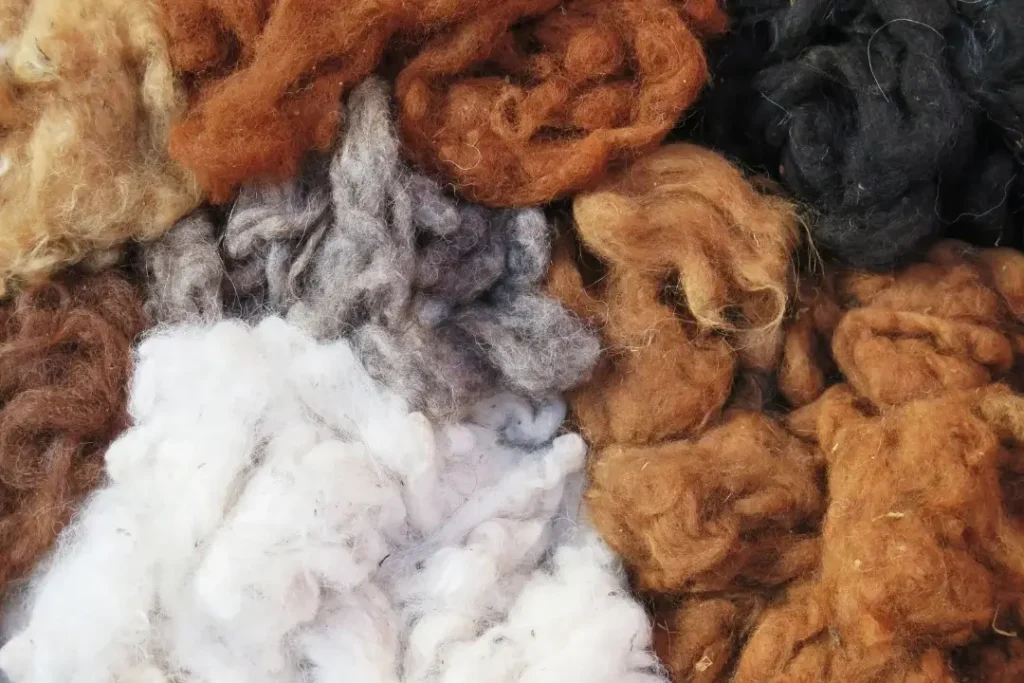
Shearling wool is a good choice when it gets cold. It is a warm fabric from the pelts of sheared sheep, and its softness makes it a very stylish material to use in coat and jacket.
Shearling feels warm and soft, which makes it popular during winter. Shearling can be used to create excitement for your winter collections. Share the story of its warmth and ease to help customers picture themselves in your designs.
Finally, we have blended wool, which combines wool with synthetic fibers. This mixture helps to cut the cost of making clothing as it remains good in quality.
More durable blends have been found due to this feature. Blended fabrics provide room for clothing and even the choice of clothing every day for use. Brands, therefore, pitch these blends in front of such customers seeking both value and the quality of garments.
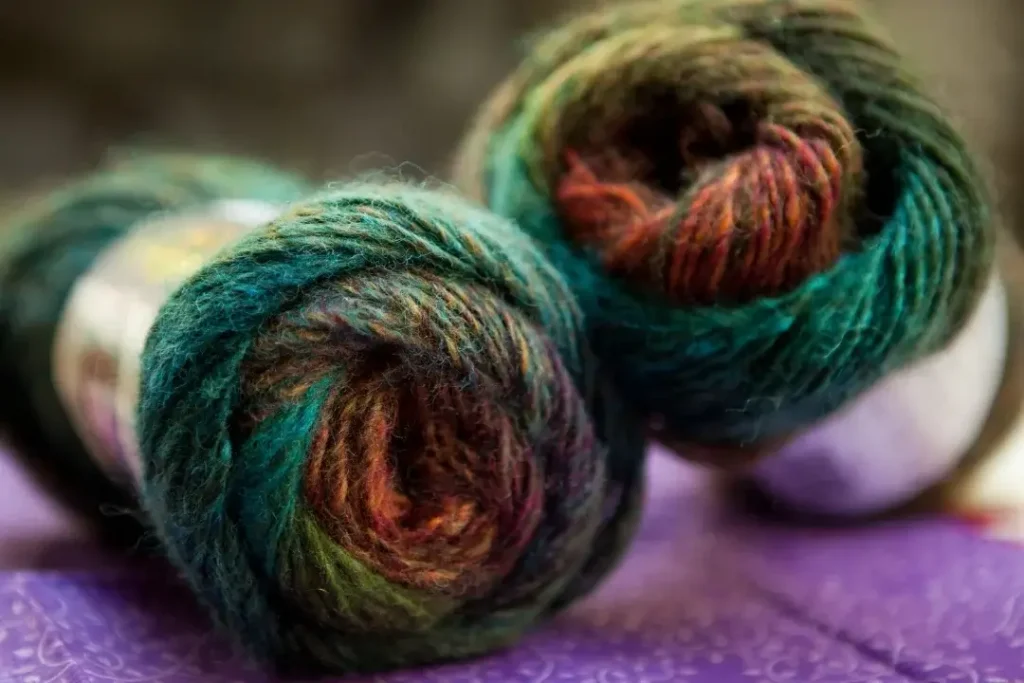
Wool is the most preferred fabric in clothing because of its wonderful properties. But there are pros and cons linked with it. So, if you are working in fashion manufacturing or if you care about sustainable wear, it is required to recognize both sides. So, let’s look at the benefits and challenges of consuming wool!
Wool is a very steadfast choice for many. Here are some reasons why consumers love it:
Wool saves you warm in wintertime and calm in summer. You can wear a wool pullover on a cold day and still feel easy when it gets warmer. Wool also stays warm even when it’s wet, which is excessive for outdoor activities!
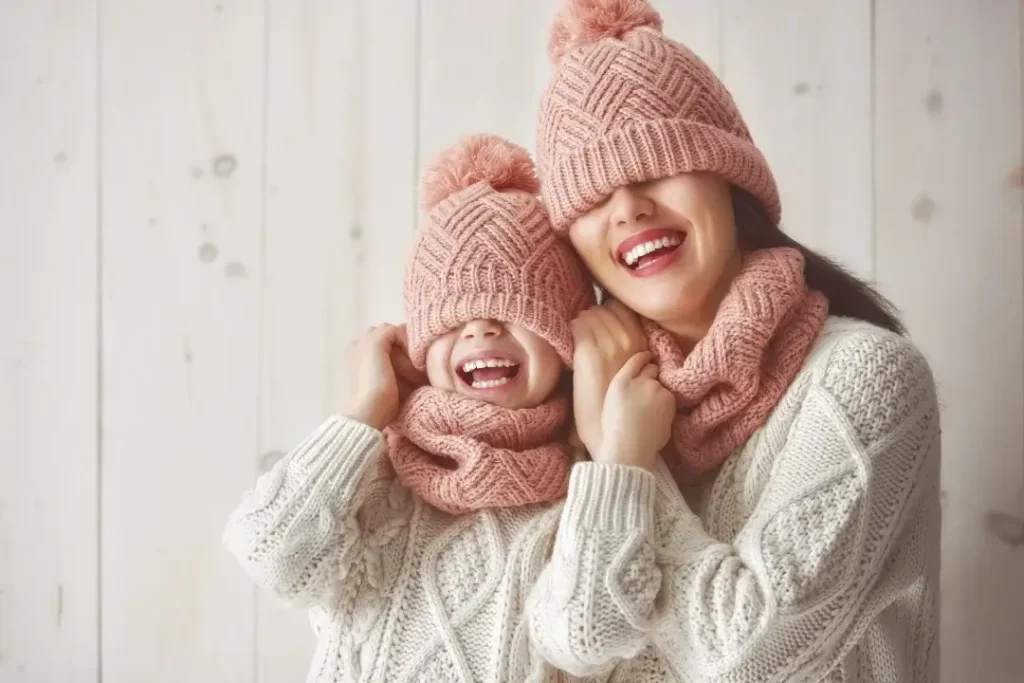
Wool is good for the planet since it is natural and breaks down without harming the environment. Most customers want to purchase sustainable products, so the use of wool will attract green customers, especially in the Pakistan weave business.
Wool doesn’t wrinkle or retain smells. It is excellent for travel because it doesn’t require a lot of fuss. It helps clothes last longer, which appeals to budget-conscious customers. This means designers can sell wool as low-maintenance and practical.
However, there are some challenges with wool that need to be addressed in the textile industry.
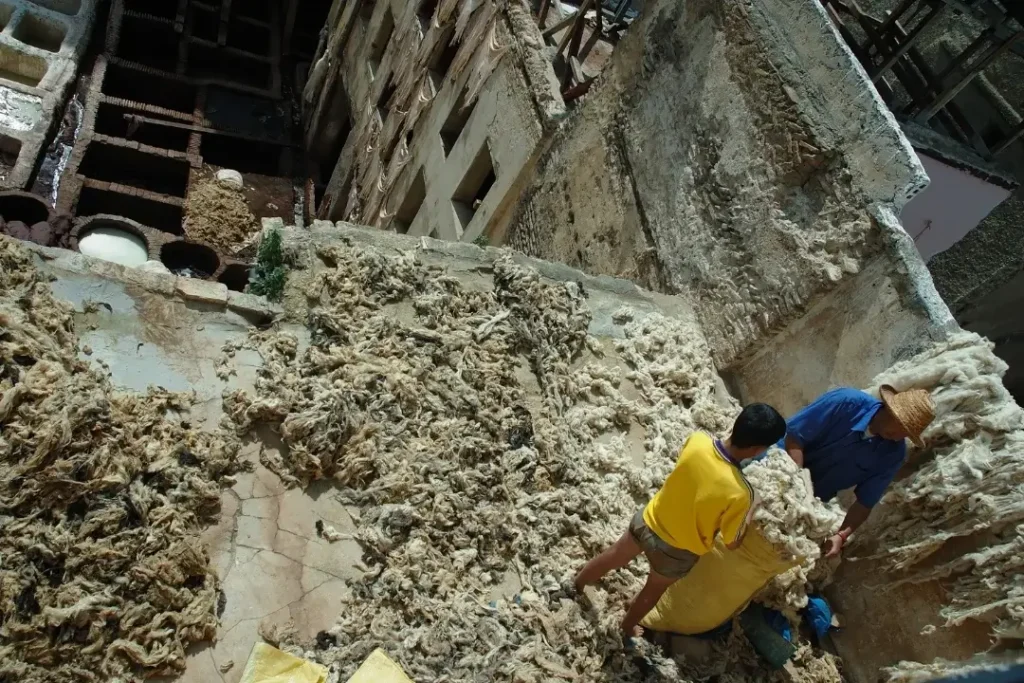
Wool may be more costly to produce than synthetic materials. Customers like wool, but sometimes the price prevents them. Educating the client on why wool is pricey can help explain the value behind the price.
Wool requires careful washing to avoid shrinking. This can be tricky for both customers and brands. But providing clear care instructions can aid keep customers happy and show that you care about quality.
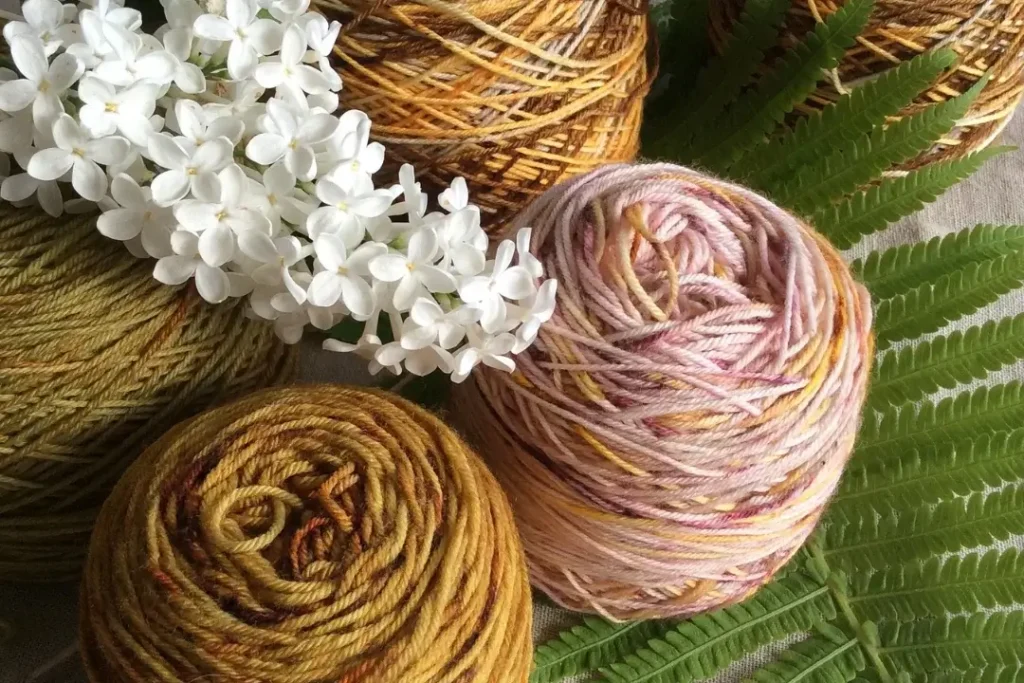
As we conclude our exploration of the incredible role of wool in fashion and trade, it is evident that this special fiber is crucial for clothing worldwide. From the soft feel of cashmere to the way Merino wool keeps us comfortable, it’s easy to see why wool is a popular choice for designers and shoppers. Wool not only looks good but also has useful features that work in all seasons, making it a strong part of the textile world. We are all growing up with increased sensitivity toward our surroundings; hence, the time has come for us to understand wool’s benefits: it’s natural, biodegradable jacket, and renewable. With the use of wool products, you not only enjoy quality and style but also help promote a system that takes care of the earth.
Wool breaks down naturally, can be regrown again, and originates from farms which are concerned with the environment.
Pakistan is among the biggest selling countries that export wool. Mostly, this country sells medium-grade wool that can be used for clothing purposes.
Wool is used in smart clothing, warm clothes, and mixed fabrics for various purposes.
Expert Custom Clothing Manufcaturer

Top Different Types of Shirts for Women and Men Top Different Types of Shirts for

What You Must Know About Clothing Samples? Before You Produce a Single Garment: What You

How Much Does It Cost To Make a Hoodie A Complete Cost Breakdown for Custom

Discover the Types of Buttons Discover the Types of Buttons That Transform Style and Functionality
Most Recent Posts
Expert Custom Clothing Manufcaturer
Join our Mailing list!
Get all latest news, exclusive deals and updates.